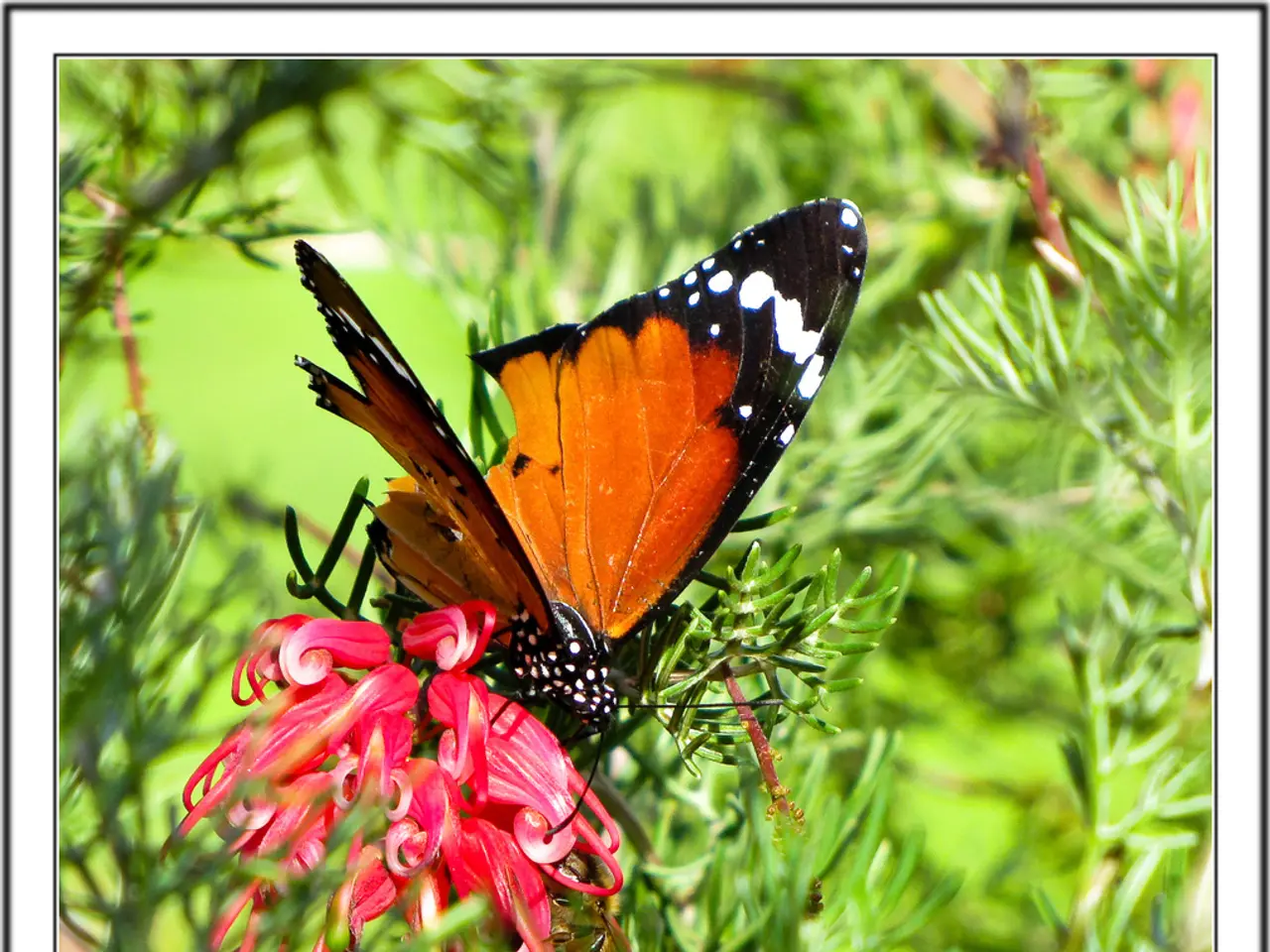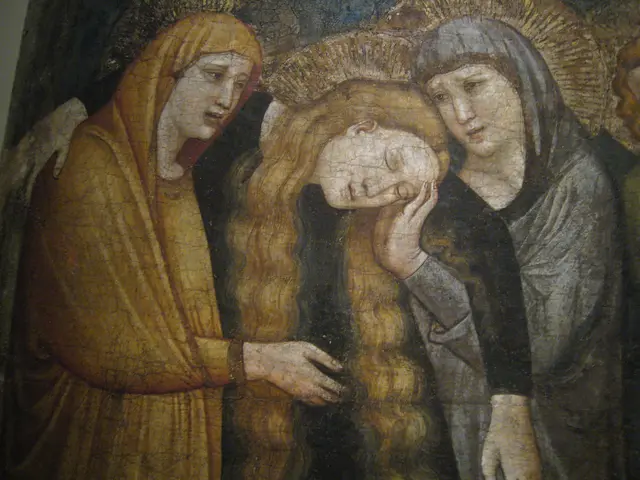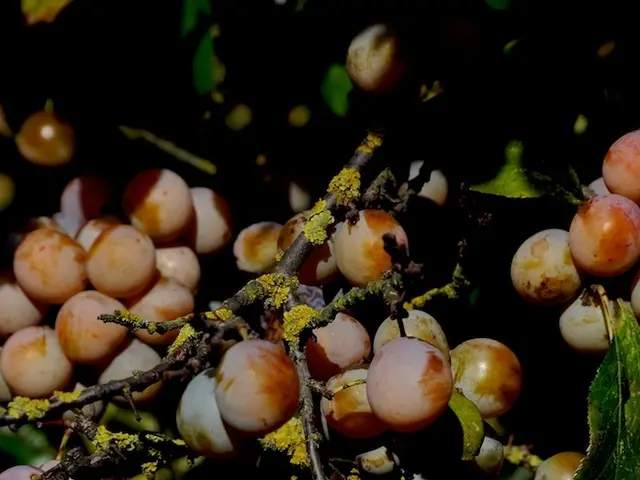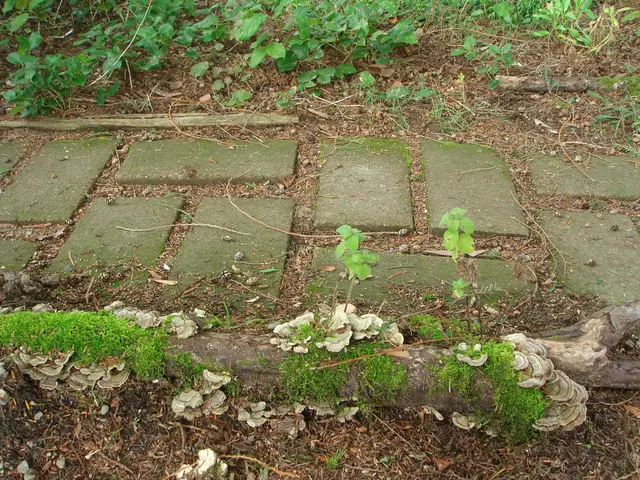Cabbage White Butterflies: A Common Pest in Brassica Gardens
Gardeners worldwide are familiar with the cabbage white butterfly, Pieris rapae, a common yet troublesome visitor to brassica plants. This species, originating from Europe and Asia, is a serious pest due to the damage caused by its larvae, known as imported cabbageworms. They are particularly active in temperate zones, with multiple generations appearing each summer.
Cabbage white butterflies undergo complete metamorphosis, passing through four stages: egg, larva, pupa, and adult. Females lay hundreds of eggs on plants like broccoli and kale, which hatch into voracious larvae that chew holes in leaves, potentially decimating crops. These butterflies are off-white with one or two black spots, depending on sex, and a muted greenish or yellowish underside. They flutter low to the ground from early spring through fall, seeking leaves to deposit their eggs.
To manage these pests, gardeners employ various methods. Handpicking caterpillars and eggs is a simple yet effective technique. Row covers can be used to physically barrier plants from the butterflies. Crop rotation helps disrupt the butterfly's life cycle. Additionally, introducing natural predators like ladybugs and lacewings can help control the butterfly population.
While cabbage white butterflies can cause significant damage to brassica plants, they also play a role in the ecosystem as a food source for birds and beneficial insects. Gardeners must balance controlling these pests with preserving the ecosystem. By employing methods such as handpicking, using row covers, crop rotation, and introducing natural predators, gardeners can effectively manage cabbage white butterflies in their gardens.







